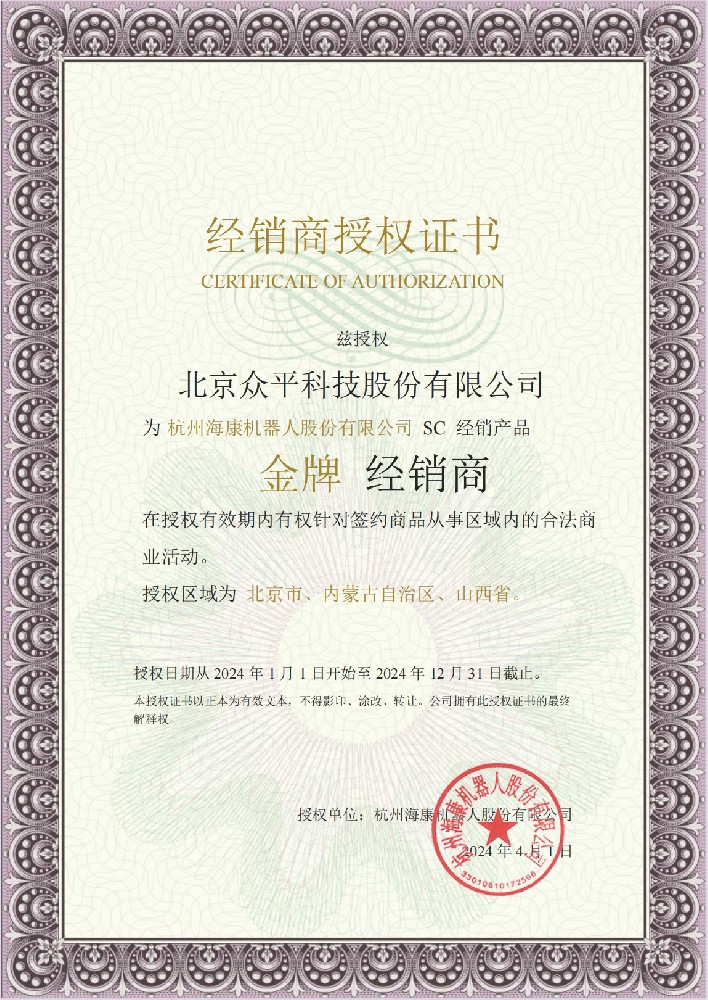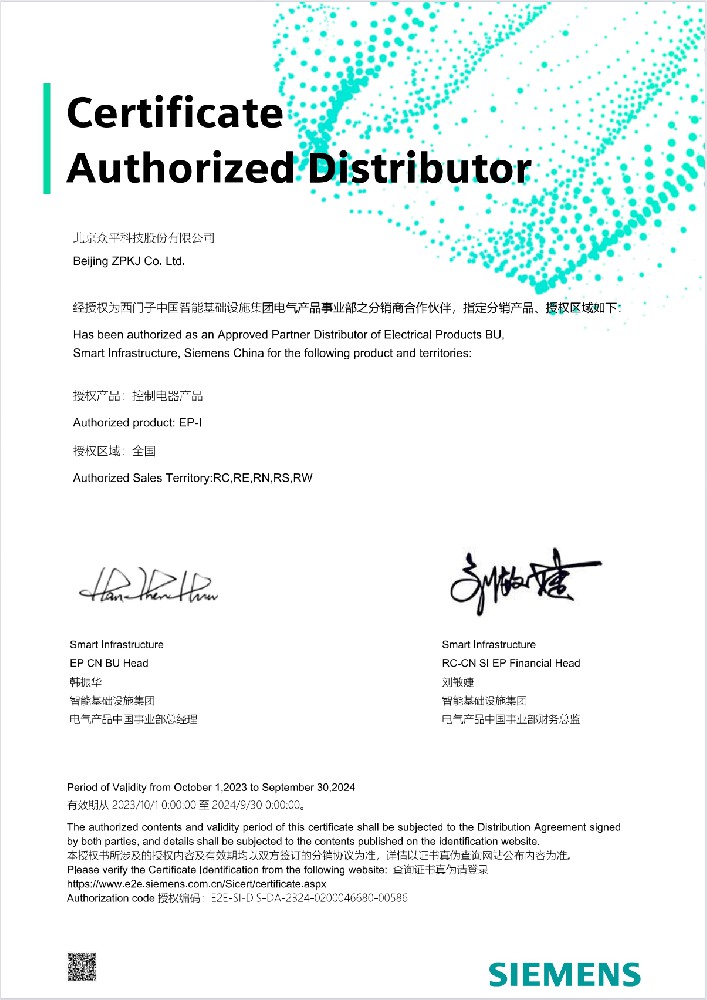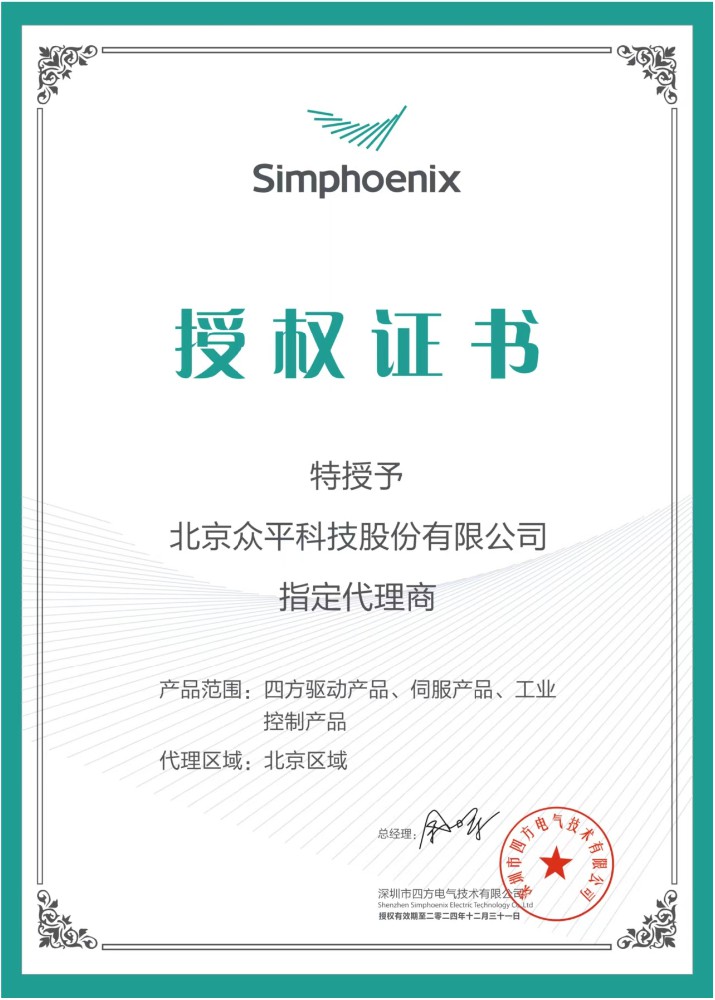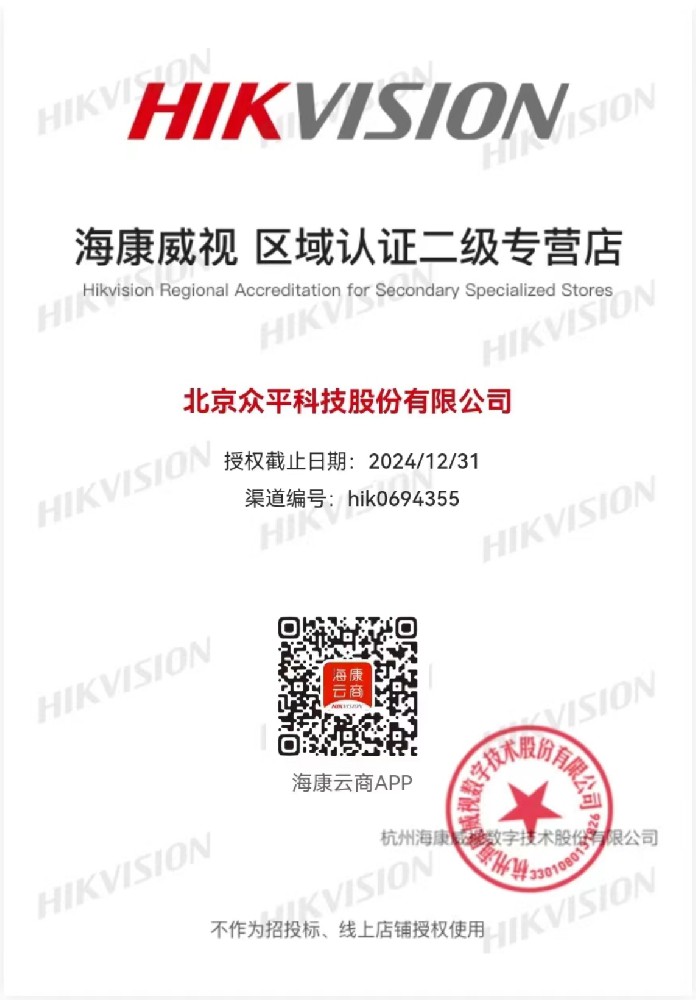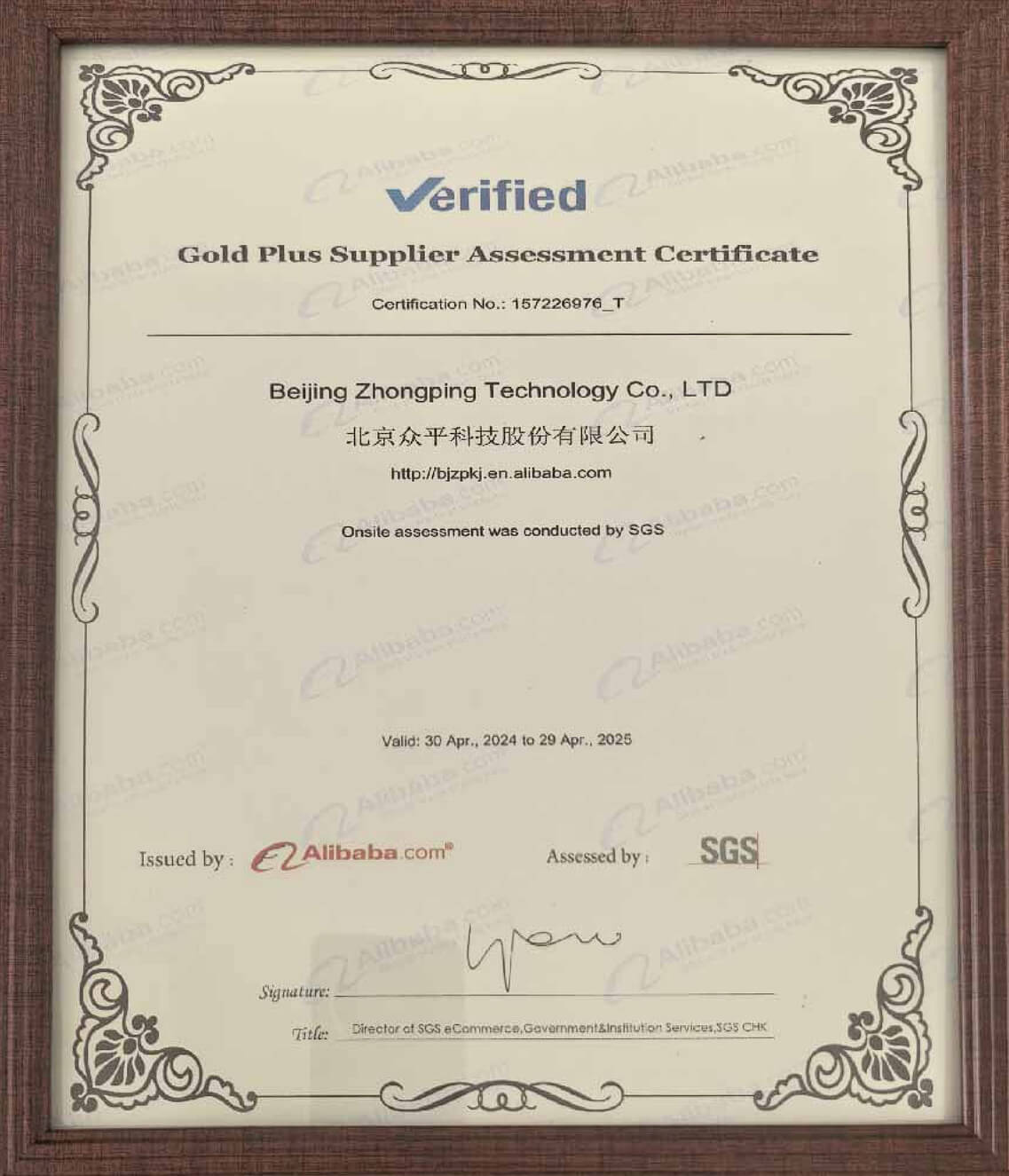Particularly serving as a telecom UPS equipment, the Fuji Electric's UPS7700F UPS and power supply system stands out with its excellent performance and high reliability, ensuring stable power supply for critical equipment. This article will provide a detailed introduction to the UPS system's parameters, features, application scenarios, usage instructions, precautions, and answers to some frequently asked questions.
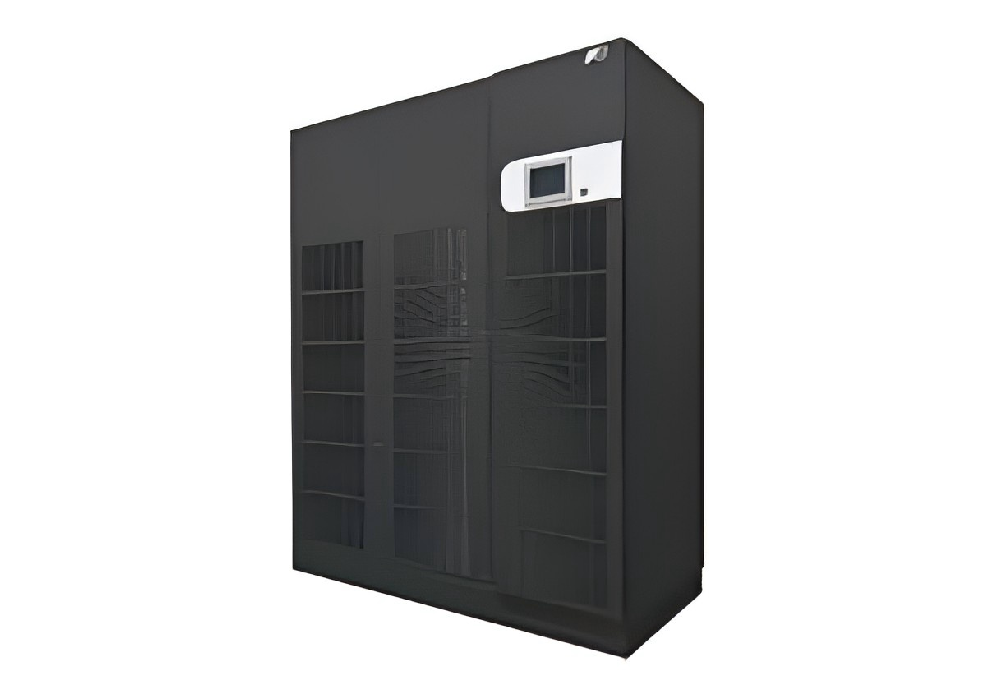
Product Specifications
The key specifications of Fuji Electric's UPS7700F are as follows:
Rated Capacity: 600kVA, suitable for large-scale data centers and industrial applications.
Input Voltage Range: 380, 400, 415V ±15%, adaptable to various power grid conditions.
Frequency: 50 or 60Hz±5%, catering to different countries and regions.
Output Voltage: 380, 400, 415V, ensuring stable operation of equipment.
Efficiency: Up to 94%, saving energy and reducing operational costs.
Product Features
Full IGBT UPS: Utilizes PWM rectifiers for high input power factor and low harmonic pollution.
High-Performance Inverter: Maintains low waveform distortion and transient voltage changes even under rectifier load.
High Reliability: Minimizes component count and undergoes rigorous testing to ensure stable operation.
High Flexibility: Supports various system configurations, such as redundant systems and battery monitoring.
Application Scenarios
Data Centers: Serving as a telecom UPS, it provides stable power for servers and network equipment, ensuring data security.
Industrial Automation: Offers uninterrupted power supply for production lines and automated equipment, ensuring continuous production.
Medical Facilities: Supplies stable power for medical equipment, ensuring patient safety.
Usage Instructions
Installation and Wiring: Choose a dust-free, non-corrosive gas environment, ensure good heat dissipation, and follow the wiring diagram strictly.
Parameter Settings: Set motor parameters, control methods, etc., according to application needs.
Maintenance and Inspection: Regularly check the equipment status, clean dust, and calibrate parameters.
Precautions
- Avoid using in harsh environments, ensure stable power supply voltage, operate safely, and avoid contact with live parts.
Frequently Asked Questions (FAQ)
1. What is the input power factor of the UPS?
As a UPS and power supply, the UPS, with its PWM rectifier, boasts an input power factor as high as 0.99, close to 1.0, indicating high energy efficiency and minimal grid pollution.
In practical applications, a high power factor helps reduce power loss, lower operational costs, and decrease the impact on the power grid.
Users can meet the power requirements of most industrial environments without the need for additional filters.
2. How can I achieve seamless switching between UPS and a generator?
As a UPS and power supply, the UPS supports synchronized, momentary interruption-free switching with the bypass, ensuring data and equipment safety during power transitions.
During configuration, it's essential to ensure phase and frequency matching between the UPS and the generator for smooth transitions.
This feature is particularly important for data centers and industrial environments requiring high reliability, preventing data loss and equipment damage.
3. How does the battery monitoring function of the UPS work?
As a UPS equipment, the UPS features automatic degradation diagnosis and replacement notification, monitoring battery status through built-in sensors.
The system predicts battery life based on charge-discharge cycles and usage time, notifying users in advance to replace batteries.
This function helps users plan maintenance cycles, preventing power outages due to battery failure.
4. How does the UPS perform under overload conditions?
As a UPS equipment, the UPS has a 125% overload capability for up to 10 minutes and a 150% overload capability for up to 1 minute.
In overload situations, the UPS will attempt to maintain output, but users are advised to avoid long-term overload operations to prevent affecting equipment life.
Users should reasonably configure UPS capacity based on actual loads to ensure stable system operation.
5. How can I improve the operating efficiency of the UPS?
By optimizing load matching and operating environment, you can enhance the operating efficiency of the UPS.
Regular maintenance and cleaning ensure the effectiveness of the cooling system, thereby improving efficiency.
Utilizing energy-saving modes and intelligent battery management features can further reduce power consumption.
6. How stable is the output voltage of the UPS?
As a telecom UPS, the UPS employs advanced control technology to ensure stable output voltage within specified ranges.
The system automatically adjusts output to cope with power grid fluctuations and load changes.
Users can rely on it without worrying about the impact of voltage fluctuations on sensitive equipment.
7. How does the UPS perform in high-temperature environments?
The UPS is designed with an effective cooling system, capable of stable operation in environments ranging from 0 to +40℃.
Users should ensure adequate ventilation space for the UPS installation to facilitate heat dissipation.
Regular inspection and maintenance are particularly important in high-temperature environments to prevent equipment overheating.
8. What is the maintenance cycle for the UPS?
To conduct the telecom UPS maintenance , It is recommended to conduct routine inspections and maintenance every six months, including cleaning, parameter calibration, and fault diagnosis.
Depending on actual usage and environmental conditions, more frequent maintenance may be required.
Regular maintenance helps extend the service life of the UPS and ensures reliable operation during critical times.
9. Does the UPS support remote monitoring?
The UPS supports remote monitoring and management through network interfaces.
Users can view the UPS status in real-time, including load, battery status, and fault information, through monitoring software.
Remote monitoring enables users to respond quickly to faults, reducing potential downtime.
10. What should I do after a power outage with the UPS?
After a power outage, users should wait for the UPS internal battery to discharge completely before restarting to protect the equipment.
Before restarting, check for any damage or abnormalities in the UPS and connected equipment.
Conduct regular power outage tests to ensure the UPS system functions properly in emergencies.
FAQ
1.Who are We?
Beijing Zhongping Technology Co., LTD., is a one-stop integrated service provider of intelligent manufacturing, belongs to the Gong Doctor Group, is a scientific research, design, marketing, technical services, industrial Internet, international import and export services as one of the science and technology companies.
2.What can you buy from us?
PLC, inverter, human-machine interface, hydraulic products, low-voltage power distribution, industrial robots and core components
3.Is the item in stock or need to be purchased from another supplier?
We have a large inventory of goods and have our own warehouse.
4.What advantages do we have over other suppliers?
Our company has a large amount of inventory and a number of warehouses, but also in the country's important industrial provinces and cities with offices and a number of overseas service points. To provide you with intelligent manufacturing one-stop comprehensive services, save efforts, labor and cost.
5.Can you provide 100% new original authentic products?
We only sell new original genuine, no renovation, no fake, only for the original factory original!
6.How long is the delivery time?
If there is a stock, it will take 2-3 working days to ship, if the quantity is large, it will take 5-7 working days after receiving the payment, if it is not a conventional model, it will take some time, we will inform you of the specific delivery time.
7.Is there technical support available?
Of course, we have a professional technical team that can help you solve technical problems.
8.How do we guarantee quality?
We have three processes to control the quality of goods.
1). Our engineers will inspect the production and quality control in the factory regularly.
2) Incoming materials shall be inspected by experienced purchasing engineers before they can be stored.
3). At least 2 people in the logistics department cross-check the goods to be sent before delivery.
9.Can you guarantee the safe and reliable delivery of your products?
Yes, we strictly adopt the international standard packing. We also use special packaging for dangerous goods, and refrigerated shipping for items with temperature requirements. Special item packaging and general cargo standard packaging requirements may incur additional costs.
10.How about the freight?
The cost depends on how you choose to get the goods. Express is usually the fastest but also the most expensive way. Sea freight is the best solution for large quantities of goods. The exact shipping cost depends on the purchase amount、quantity and weight of your order. Please feel free to contact us for more information.


 010-64225983
010-64225983 +8613811814778
+8613811814778 info@zhongpingtech.com
info@zhongpingtech.com Building 26, Liyuan Community, Chaoyang District, Beijing, China
Building 26, Liyuan Community, Chaoyang District, Beijing, China